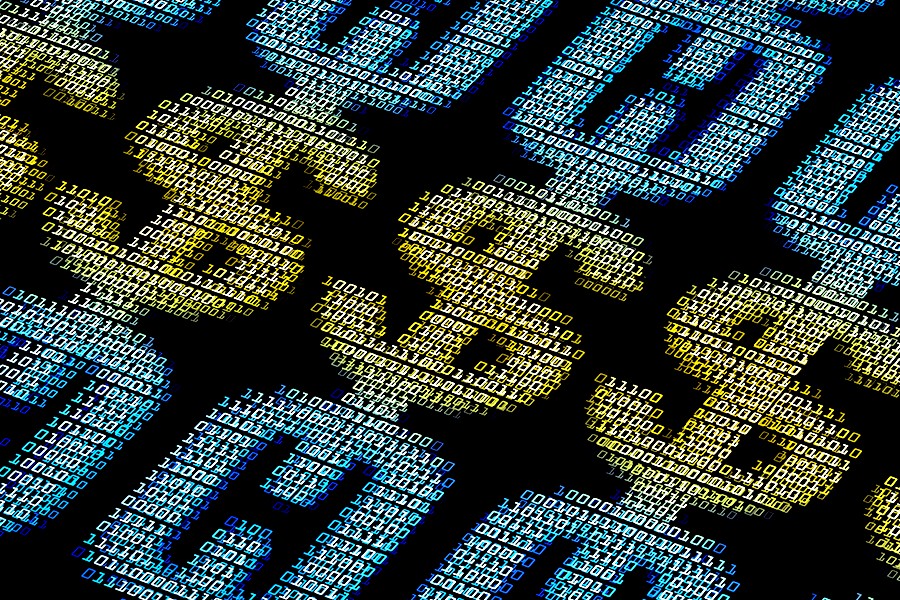How do you find NFT’s metadata?

Individually identifiable digital representations of blockchain-based tangible or intangible objects called nonfungible tokens (NFTs) are usually not divided into smaller parts. Instead, structured metadata related to actual or virtual things are represented by NFTs. Often, the tokens are not linked to the objects and act as distinct identifiers, promoting the interoperable commercialization of the physical or digital objects, according to their proponents.
Hashes of files or other data were added to the Bitcoin blockchain in 2012 or 2013 to demonstrate their existence or legitimacy at a particular moment. This development served as the basis for creating “Colored Coins”, uniquely identified tokens, which are recognized by adding metadata to Bitcoin transactions.
Related: Fungible vs non-fungible tokens: What’s the difference?
So, what is this metadata and how is it generated? In this article we will explore these questions and also deep dive into how you can retrieve metadata for NFT from the contract; how to read NFT files; and how to view the metadata of any NFT.
What is NFT metadata?
An NFT’s name, description and any other details the author deems important are all described in the metadata, which is data that provides information about other data. In addition, the images and other “primary” digital assets that give an NFT its value are often linked to an NFT’s metadata.
The critical question that confuses people regarding NFT metadata is the exact location of NFTs stored off-chain – is it something like Amazon Web Services or Google Drive? Who also oversees the online storage of NFT metadata?
Therefore, metadata must be in a format that marketplaces can understand since NFT marketplaces use metadata to display non-fungible tokens to buyers and sellers.
As a result, you should embrace an existing metadata standard and, if necessary, extend it to meet your particular needs to make your NFTs interoperable with as much of the ecosystem of marketplaces, wallets, etc. as possible.
You must be aware that NFTs emerged from the Ethereum ecosystem and the ERC-721 proposal was the first official standard for interoperable NFTs to be generally embraced. Using a standardized JavaScript Object Notation (JSON) format, ERC-721 specifies metadata. JSON is the most common format for NFT metadata and has no restrictions on the data structure because it is a lightweight format.
How does NFT metadata work?
An important component of non-fungible tokens that allows them to operate is NFT metadata. NFTs can connect to data outside of their smart contract, allowing the network to reference data off-chain. But how is NFT metadata stored? Whether created according to the ERC721 or ERC1155 standards, an NFT’s metadata is often stored in the InterPlanetary File System (IPFS), a peer-to-peer system for preserving multimedia files.
Because it doesn’t work the way most file systems do, IPFS is a special type of file system. For example, a Content ID (CID) is generated for each file stored on the IPFS network and distributed among various independent storage providers.
But how can you identify the most reliable file storage providers, even with powerful content addressing? The structure for a reputation system and a means of communication with different storage providers is provided by Filecoin.
Additionally, NFT.Storage, which is completely free and dedicated to storing NFTs, was introduced by IPFS. If you have invested money in a non-viable token, you can quickly ensure long-term preservation by uploading the data associated with it to IPFS and Filecoin using NFT.Storage.
The metadata stored on the IPFS network is then returned to the smart contract as a hash and attached to the protocol. The resulting URL is recorded in a self-executing contract’s storage and associated with the ID of the relevant token.
The same URL resolves to a JSON object on the web with a clear structure and set of properties. It needs specific fields (ie name, description and image) to display the content correctly when integrated with the most famous marketplaces including Opensea and Rarible.
How can you view the metadata of any NFT?
A random number generator will assign a set of properties to your NFT when an NFT project is made available for minting and you purchase it. This information is stored in the metadata. The metadata of the token is immutably recorded on the blockchain. This record contains details about the token’s meaning, current owner, and transaction activity history. So how do you generate NFT metadata?
Viewing an NFT’s metadata, verifying ownership, and tracking transaction history are all possible using an NFT tracking and verification service where you can verify that the token ID and contract address are linked to the legitimate owner of the content using a marketplace database.
If you choose a service that conforms to NFT’s code standard, one of the many available NFT verification tools can search for you. An Ethereum blockchain explorer called Etherscan is a well-known tool for finding and verifying NFTs. The platform allows users to verify transaction history, wallet addresses, metadata, smart contracts and other chain data. Likewise, you can access all the NFT metadata you need on the BNB Chain network using a blockchain explorer like BscScan.
However, to retrieve the metadata of non-functional tokens from the smart contracts that control it, you need to access the NFT’s smart contract. The metadata shall be available for inspection and verification under the contract’s “Details” section. If the NFT conforms to the current non-fungible token standard, the following details should be displayed:

Once you have the token ID, you can look up the token owner’s address by searching the blockchain and marketplace archives. However, please be advised that you cannot access credentials for NFTs other than the blockchain address of the account holder unless they have been made public.
Furthermore, it is important to note that the main components of a centralized NFT are kept in a single location that the developer is unable to change. On the contrary, the author is always free to replace the storage connection with an editable NFT. Since frozen NFTs have been marked as suspicious, they cannot be sold or transferred.
Now, if you are wondering how to view and download an NFT, the simple answer is that the token URI or Uniform Resource Identifier of a non-functional token contains the location of the NFT image. There should be an image value in the JSON metadata output that links directly to the NFT image. After navigating to the image you want, right-click on it and save it to your computer, which will complete the download process.
How to view NFT on OpenSea?
Finding NFTs on OpenSea is easy; all you have to do is visit their website. Enter the URL and you can choose to click Browse through or scroll down. OpenSea will welcome you with a plethora of NFTs if you scroll down the homepage. Click on the item that catches your attention and start buying if you have ETH in your wallet.
Alternatively, you can go to the search tab to find the NFTs collection you want and then buy it if you own an ETH. If you want to be sure you have received your NFT after purchase, simply select the OpenSea menu, then select Account, Profile and jump to the Collected tab. All your NFTs that you have collected at your unique wallet address can be found here. By using Etherscan you can also validate your transaction on the blockchain.
Are NFTs a good investment?
All digital assets, including non-fungible tokens, are volatile in nature and vulnerable to cyber threats. Therefore, before investing in NFTs, make sure you understand the risks and returns of the investment. Also, consider your financial goals before spending your hard-earned money on digital art, in-game items like avatars, or domain names.
Related: A beginner’s guide to the legal risks and issues surrounding NFTs
In addition, you can ask yourself a simple question: Why do you want to buy NFTs? If you know the answer, you can move on. Otherwise, don’t risk your financial stability by putting your money into something you are unsure about.
























